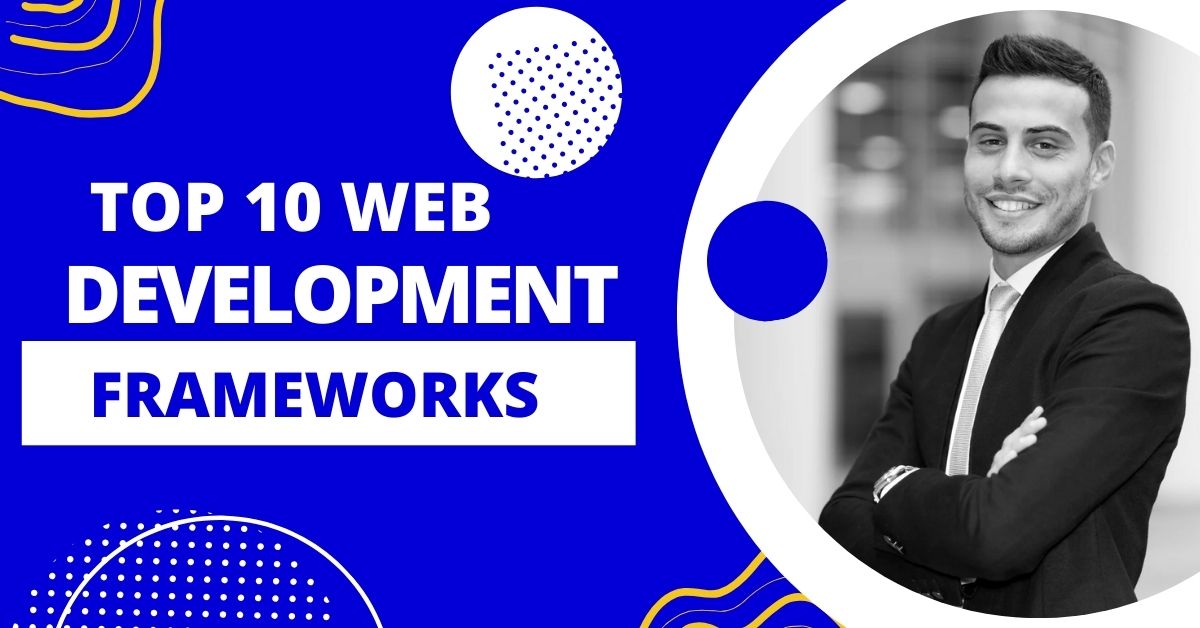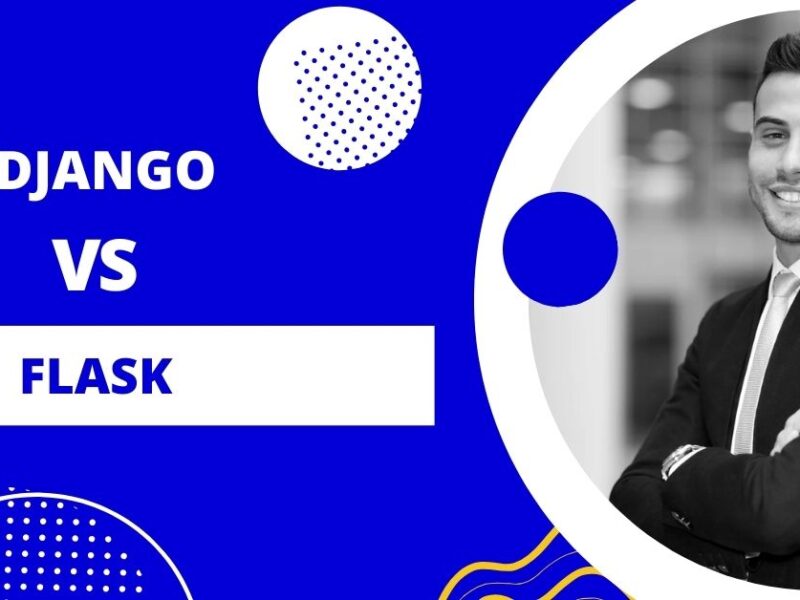Web development frameworks are essential tools for developers, providing a structured and efficient way to build and maintain web applications. With technology evolving rapidly, keeping up with the latest and most effective frameworks is crucial. This guide will explore the top 10 web development frameworks for 2024, highlighting their key features, benefits, and use cases.
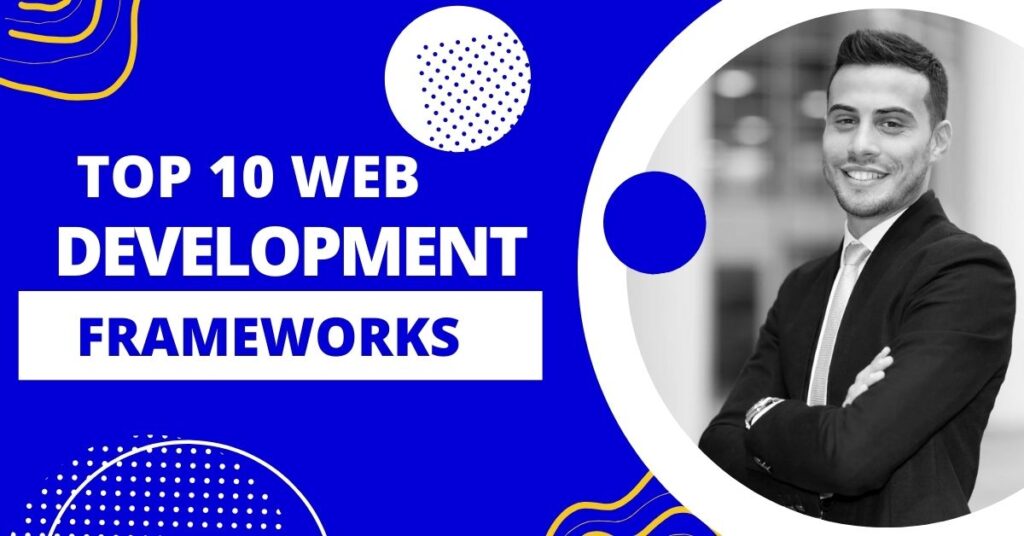
1. React
Overview
React is a JavaScript library developed by Facebook for building user interfaces, particularly single-page applications. It enables developers to create reusable UI components, making the development process more efficient and organized.
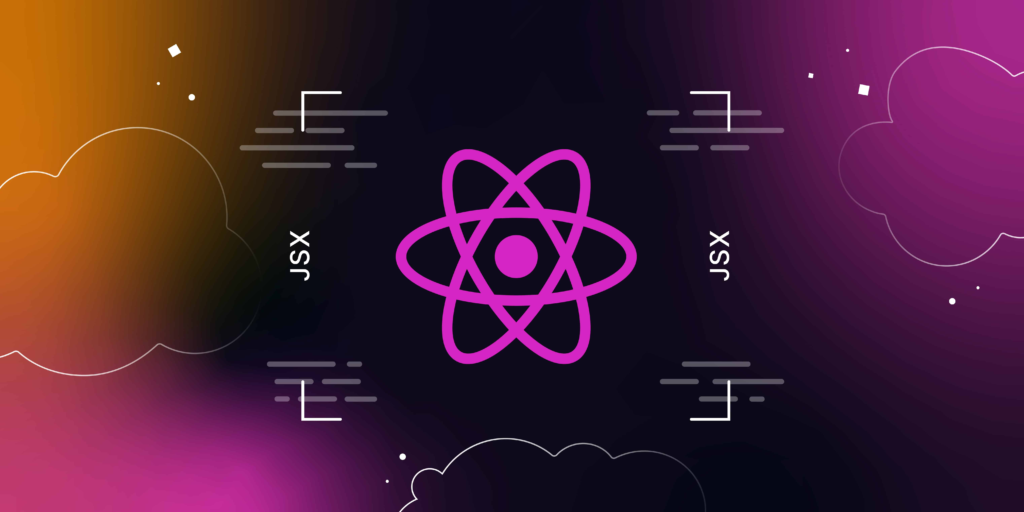
Key Features
- Component-Based Architecture
- Virtual DOM for improved performance
- Extensive ecosystem with tools like React Router and Redux
- Strong community support and regular updates
Use Cases
- Single-page applications
- Complex web applications requiring dynamic user interfaces
- Progressive web apps (PWAs)
2. Angular
Overview
Angular, maintained by Google, is a platform and framework for building single-page client applications using HTML and TypeScript. Angular provides a comprehensive solution with integrated tools and libraries.
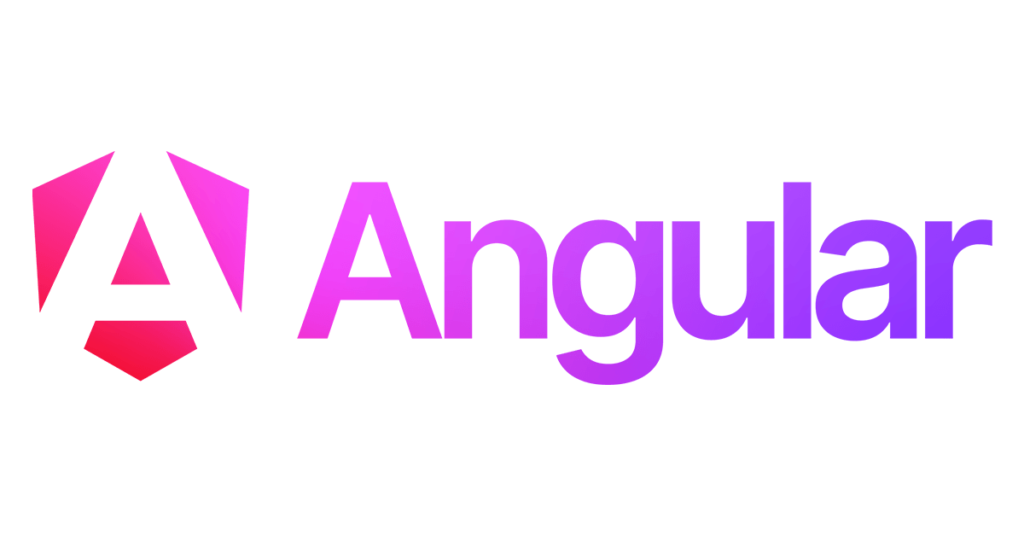
Key Features
- Two-way data binding
- Dependency injection
- Modular development structure
- Comprehensive testing tools
Use Cases
- Enterprise-level web applications
- Progressive web apps (PWAs)
- Applications with complex front-end logic
3. Vue.js
Overview
Vue.js is a progressive JavaScript framework for building user interfaces. It is designed to be incrementally adoptable, making it easy to integrate into projects of all sizes.
Key Features
- Reactive data binding
- Component-based architecture
- Simplicity and ease of integration
- Strong documentation and community support
Use Cases
- Single-page applications
- Interactive web interfaces
- Prototyping and small-scale projects
4. Django
Overview
Django is a high-level Python web framework that encourages rapid development and clean, pragmatic design. It is known for its “batteries-included” philosophy, providing many built-in features.
Key Features
- ORM (Object-Relational Mapping) system
- Built-in authentication and admin interface
- Robust security features
- Scalable and versatile
Use Cases
- Content management systems (CMS)
- E-commerce websites
- Data-driven applications
5. Ruby on Rails
Overview
Ruby on Rails, often simply called Rails, is a server-side web application framework written in Ruby. It follows the convention over configuration (CoC) and don’t repeat yourself (DRY) principles.
Key Features
- MVC (Model-View-Controller) architecture
- Active Record for database interactions
- Built-in testing framework
- Large library of plugins and gems
Use Cases
- Startups and MVPs (Minimum Viable Products)
- Social networking sites
- E-commerce platforms
6. Laravel
Overview
Laravel is a PHP framework designed for web application development. It aims to make the development process easier and more enjoyable by providing syntactic sugar and out-of-the-box solutions.
Key Features
- Elegant syntax
- Eloquent ORM
- Blade templating engine
- Robust authentication and authorization
Use Cases
- Custom web applications
- Backend APIs
- Content management systems
7. ASP.NET Core
Overview
ASP.NET Core is a cross-platform, high-performance framework for building modern, cloud-based, and internet-connected applications. It is developed by Microsoft and supports C# and F#.
Key Features
- Cross-platform support (Windows, macOS, Linux)
- High performance and scalability
- Integrated with modern front-end frameworks like React and Angular
- Built-in dependency injection
Use Cases
- Enterprise applications
- Cloud-based applications
- IoT applications
8. Spring Boot
Overview
Spring Boot is an extension of the Spring framework that simplifies the development of Java applications. It provides a pre-configured setup for building production-ready applications.
Key Features
- Convention over configuration
- Embedded servers (Tomcat, Jetty, etc.)
- Comprehensive security features
- Microservices architecture support
Use Cases
- Enterprise Java applications
- Microservices
- Backend services
9. Flask
Overview
Flask is a lightweight WSGI web application framework in Python. It is designed to be simple and easy to get started with, while being fully extensible.
Key Features
- Minimalistic and flexible
- Built-in development server and debugger
- Jinja2 templating engine
- Extensive documentation
Use Cases
- Small to medium-sized web applications
- RESTful APIs
- Prototyping and rapid development
10. Svelte
Overview
Svelte is a relatively new framework for building user interfaces. Unlike traditional frameworks, Svelte shifts much of the work to compile time, resulting in highly efficient, runtime-less components.
Key Features
- Compile-time optimizations
- Reactive programming model
- No virtual DOM
- Small bundle sizes
Use Cases
- Interactive web applications
- Progressive web apps (PWAs)
- Projects where performance is critical
Conclusion
Choosing the right web development framework is crucial for the success of your project. Each framework listed here has its unique strengths and is suited for different types of applications and developer preferences. By understanding the key features and use cases of these top 10 web development frameworks for 2024, you can make an informed decision that best meets your project’s requirements. Stay updated with the latest trends and continuously evaluate new frameworks to ensure you are using the best tools available for your web development needs.
